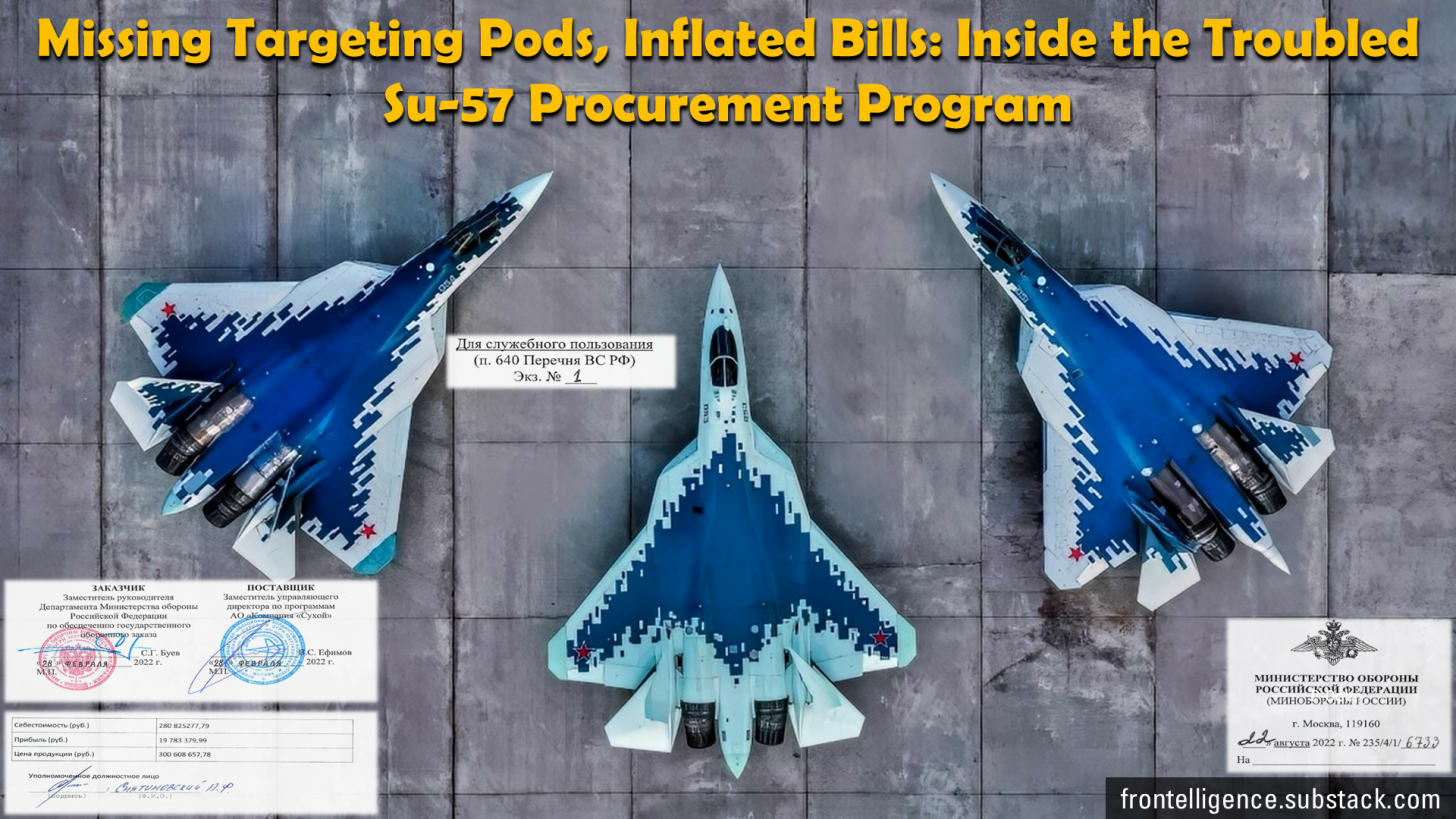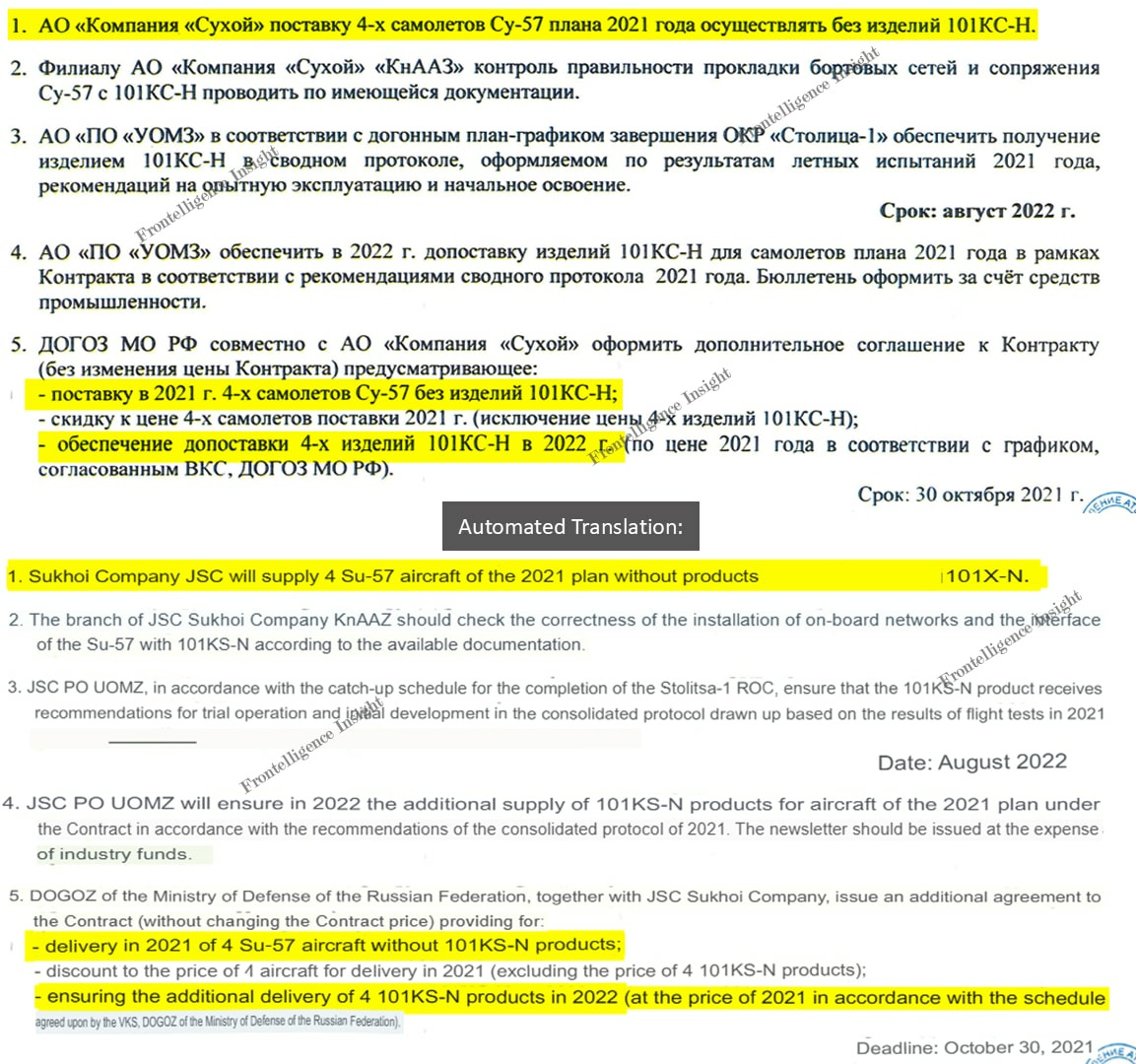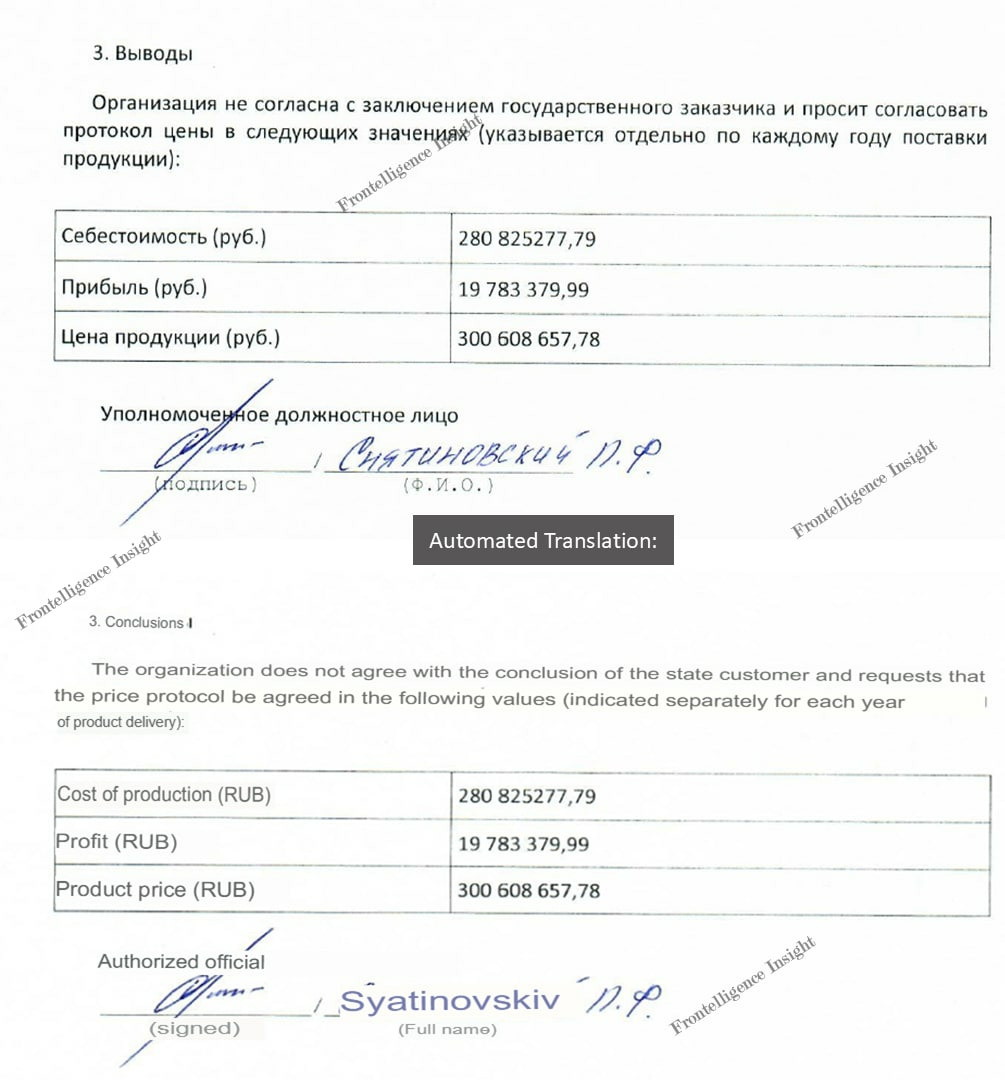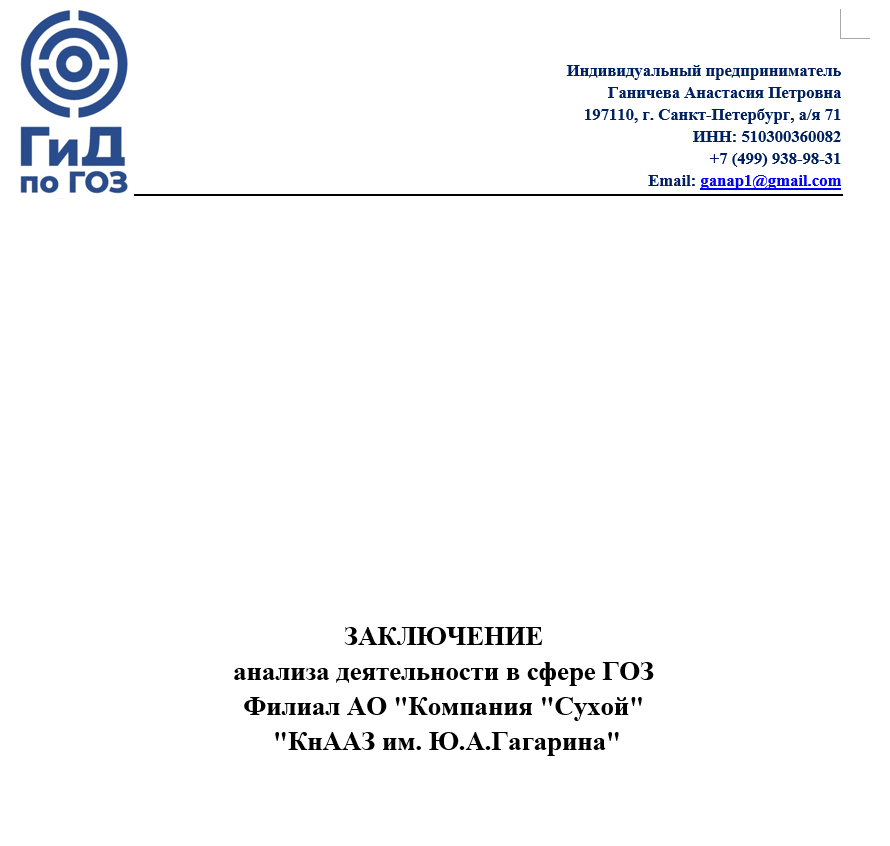Su-57 is often showcased by Moscow as Russia’s most advanced fighter jet in in inventory. In 2023, the U.K. Ministry of Defence confirmed that the aircraft had been used in combat since at least June 2022. Yet despite the war raging for over 3 years, sightings of the jet remain exceptionally rare.
There may be a reason. The U.K. MOD has assessed that Russia is likely holding back the Su-57 to avoid reputational damage, a blow to export prospects, or the loss of sensitive technology that could follow if the aircraft were downed over Ukraine.
But what else do we know beyond the reported damage to at least one Su-57 in 2024, the result of a successful Ukraine's Defense Intelligence operation in Akhtubinsk?
Newly obtained classified documents, accessed by our team, Frontelligence Insight, through a Ukrainian analytics firm “Dallas”, show that Russian Ministry of Defence purchased its fifth-generation Su-57 fighters from Sukhoi for more than 3 billion rubles each. More interestingly, at the outset of the war, these jets were delivered without certain targeting subsystems, leaving them short of advertised operational capabilities.
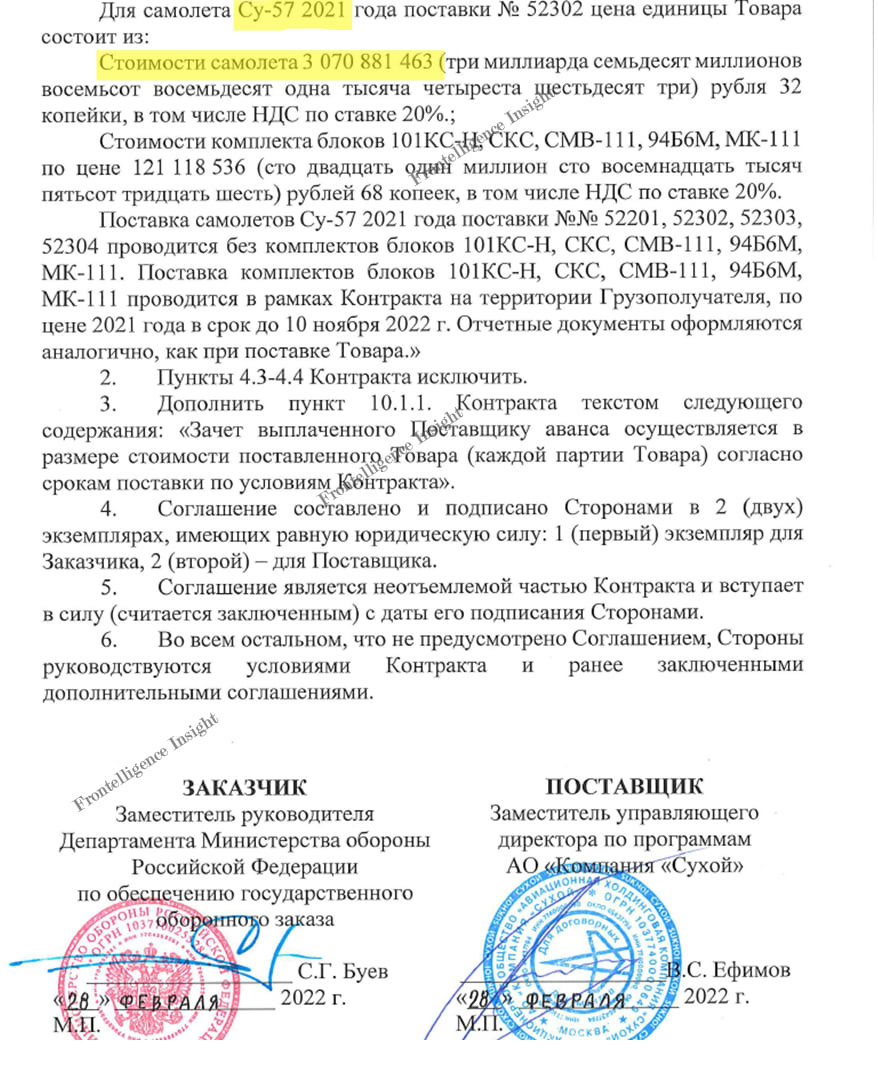
In September 2024, our team examined the Mikropribor plant, which produces the module (MPPU-50) for the Su-57. The investigation revealed that Western sanctions had cut off supplies of key microchips, disrupting contracts and delaying production.
Now we know the problems extend beyond MPPU-50 modules supplied by Mikropribor. The fresh batch of obtained documents show that in 2021, a year before the war, the Russian Defense Ministry formally accepted Su-57 aircraft without the 101KS-N system, an important electro-optical targeting subsystem. This was made possible through Additional Agreement No. 8 and Decision No. 4, which allowed the military to accept the aircraft and retrofit later. In practice, the jets were delivered in stripped-down form - still airworthy, but lacking capabilities advertised by Moscow.
The 101KS complex is an electro-optical targeting system that provides the Su-57 with all-weather surveillance and passive infrared detection. The “N” designation stands for Nazemnyi, or ground targeting, enabling the jet to identify and target surface objects.
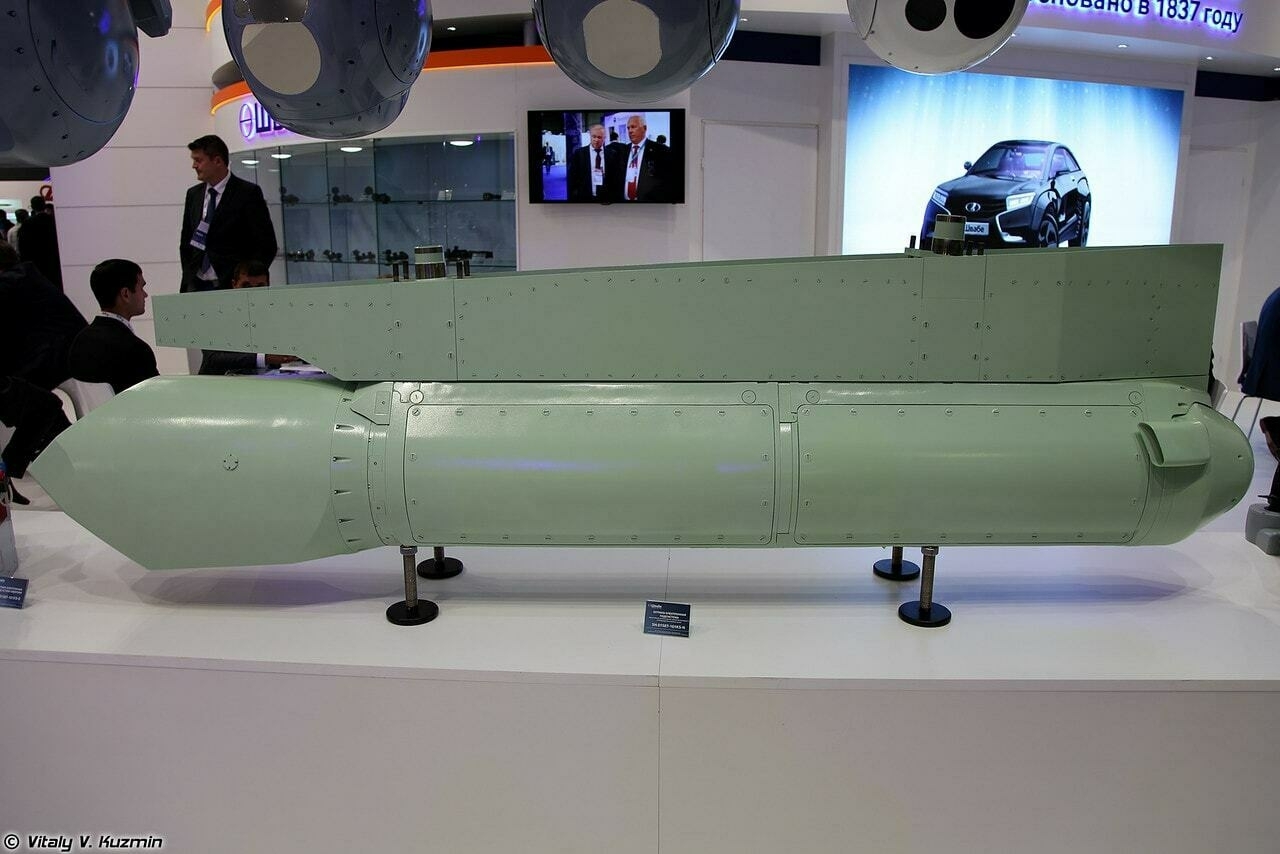
The Ural Optical-Mechanical Plant valued a single 101KS-N targeting pod at more than 300 million rubles, or roughly $4 million in 2021. That figure included equipment costs, projected expenses through 2028, inflated overhead, and unrelated expenditures. Defense Ministry negotiators pushed back, lowering the final price to 264.9 million rubles.
But this was far from the only problem that plagued the program.. Audits conducted in 2025 of the Komsomolsk-on-Amur Aircraft Plant, Russia’s largest aircraft manufacturer - part of Sukhoi corporation, found that accounting practices routinely blurred costs between military and commercial contracts. Oversight remained largely formal, leaving room for inflated pricing and hidden subsidies.
The discrepancies are significant. The price gap on the 101KS-N alone exceeded 35 million rubles, about 13 percent. Suppliers routinely inserted unrelated costs, while the Defense Ministry approved prices “by agreement,” without effective price control.
Procurement practices compounded the issue. Su-57 deliveries were accounted separately from the shipments of targeting systems, creating the risk that the state paid twice: once for aircraft listed as fully equipped, and again for individual components such as the 101KS-N.
Conclusion:

Frontelligence Insight concludes that these practices have left the Su-57 program plagued by inflated costs. More significant, however, is the evidence that production delays, and aircraft delivered in incomplete form were caused by Western sanctions, which deprived the Su-57 of electronic components that can directly influence its combat effectiveness. This is the second major finding of its kind, suggesting that beyond concerns over interception or technology capture, the program might face deeper structural problems worsened by sanctions. That said, the absence of targeting pods is unlikely to explain the jets’ limited use in this war, since these are ground-targeting subsystems, and monitoring surface targets is not central to Russia’s intended role or operational concept for its fifth-generation fighters.
While the full impact can only be speculated upon, it is clear that Western technology continues to exert powerful leverage over the development of Russia’s most advanced fighter jets, creating procurement bottlenecks for their electronic components.
